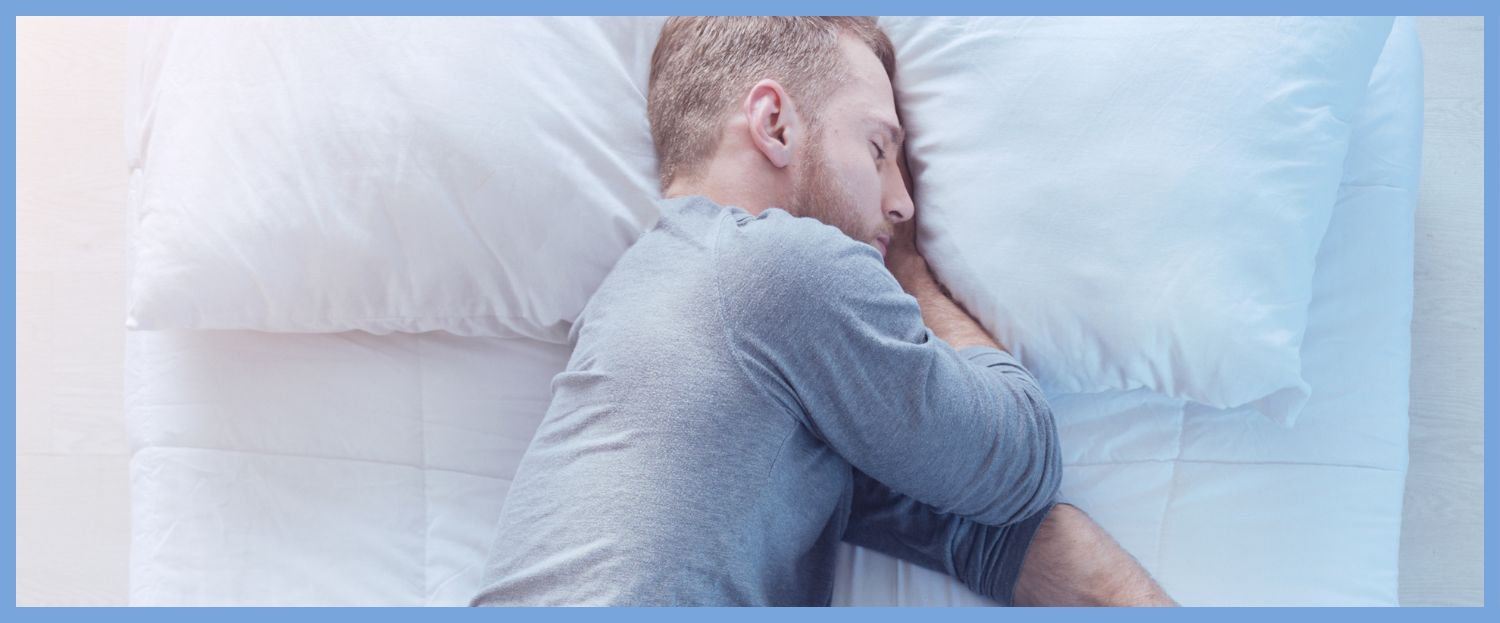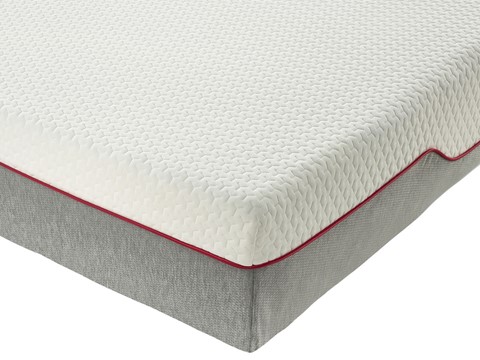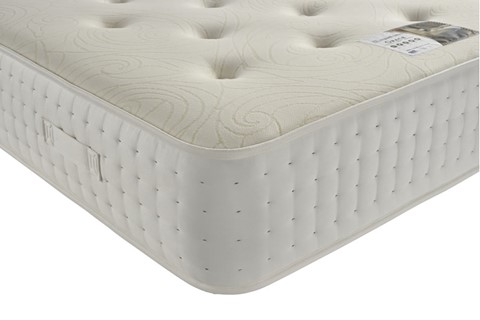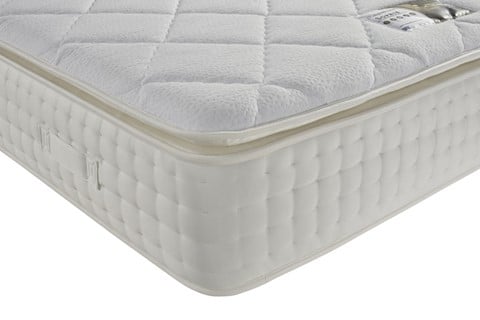Best Sleeping Position for Breathing Problems: Effective Solutions Explored
Breathing problems can significantly impact sleep quality, as a struggle to maintain a steady flow of air may cause disrupted sleep and awakenings throughout the night. With the right sleeping position, it is possible to alleviate some of these issues and achieve a better night's rest. This article explores the best sleeping positions for individuals who suffer from breathing problems and aims to provide reliable advice for improving sleep quality.
One factor to consider when choosing the optimal sleeping position is the specific type of breathing problem the individual is experiencing. For instance, obstructive sleep apnoea, asthma, and chronic obstructive pulmonary disease (COPD) each present unique challenges when it comes to finding the ideal sleep posture. By understanding the underlying causes of the breathing problem, one can adapt their sleeping position accordingly, to ensure their airways remain as open and unobstructed as possible.
Additionally, this article will discuss the various benefits and drawbacks of common sleep positions, such as the back, side, and stomach. By examining these positions in relation to specific breathing issues, readers will have the knowledge they need to make an informed decision about the best sleep posture for their individual needs. This information can help to create a better and more restful sleep experience, even for those struggling with breathing problems.

Understanding Breathing Problems and Sleep
The Impact of Sleep Apnea
Sleep apnea is a common sleep disorder that affects many individuals. It is characterised by brief interruptions in breathing during sleep, causing the person to experience repeated episodes of shortness of breath, often accompanied by snoring. These interruptions may cause a significant drop in oxygen levels, which can lead to adverse health effects if not treated properly.
Common Respiratory Conditions Affecting Sleep
Apart from sleep apnea, other respiratory conditions may also disrupt the quality of sleep. Some common examples include:
- Asthma: This condition can cause difficulty in breathing due to airway inflammation and constriction. Asthma symptoms such as wheezing and coughing can be particularly bothersome during sleep and may lead to sleep disturbances.
- Chronic Obstructive Pulmonary Disease (COPD): Individuals with COPD may experience difficulty in breathing, shortness of breath, and a persistent cough. These symptoms can worsen during sleep, affecting the overall quality of rest.
How Sleeping Positions Affect Breathing
The way one sleeps can significantly impact breathing and overall sleep quality. Some sleeping positions may alleviate breathing problems, while others may exacerbate them:
- Back Sleeping: Lying on the back can cause the tongue and soft palate to collapse to the back of the throat, which may partially obstruct the airway. This position may lead to increased snoring and worsening of sleep apnea symptoms.
- Side Sleeping: This position can provide relief for those suffering from breathing problems, as it helps to keep the airways open and reduce the risk of airway obstruction. It is typically the most recommended sleeping position for individuals with sleep apnea, snoring, or other respiratory conditions.
- Stomach Sleeping: While this position may reduce snoring, it is not generally advised for those with breathing issues, as it places additional stress on the neck and diaphragm, potentially contributing to constricted airways.
Understanding the impact of sleep apnea and other respiratory conditions on sleep quality is essential for determining the best sleeping position to alleviate breathing problems. By finding the optimal sleeping position for their specific condition, individuals can improve their overall sleep quality and, consequently, their health.
Optimal Sleeping Positions for Improved Breathing
Sleeping positions can significantly impact one's breathing, especially for people with respiratory issues. This section will explore various sleeping positions and their effects on breathing.
Side Sleeping and Its Benefits
Side sleeping, also known as the lateral position, is considered one of the best sleep positions for people who have breathing problems. This position helps to reduce airway obstruction, particularly for snorers and individuals with sleep apnoea.
Here are some advantages of side sleeping:
- Keeps the airway open by preventing the tongue from falling back
- Alleviates pressure on the diaphragm
- Reduces the likelihood of acid reflux, which can cause breathing difficulties
The foetal position is a variation of side sleeping. To achieve the foetal position, pull the knees towards the chest and slightly bend the torso. This position can further enhance breathability by creating additional space in the chest cavity.
Back Sleeping Considerations
The supine position, or back sleeping, is another common sleep position. While it helps keep the spine aligned and reduces the risk of developing neck and back pain, it may not be ideal for those with respiratory problems.
However, adding a few modifications can make back sleeping more comfortable for people with breathing issues. For instance:
- Use an adjustable pillow to support the neck and maintain proper alignment.
- Elevate the head slightly with a wedge-shaped pillow to prevent airway blockage.
The Debate on Stomach Sleeping
The prone position, also known as stomach sleeping, is often debated in terms of breathability. Some argue that it allows the airways to remain open, while others express concerns about possible strain on the neck and spine, which could potentially limit breathing.
In general, stomach sleeping may not be the best sleep position for people with breathing issues due to the potential for increased neck and spinal strain. If someone prefers sleeping in the prone position, it is advised to use a thin pillow or no pillow at all to minimise potential strain.
Sleep Environment and Accessories

Choosing the Right Mattress
Selecting the appropriate mattress can play a vital role in improving breathing problems during sleep. A good mattress should provide adequate support to the spine, keeping it aligned and helping to prevent discomfort.
It's essential to consider personal preferences and health needs while shopping for a mattress. Some individuals may benefit from using an adjustable bed that allows them to elevate their head, which can reduce the risk of obstructive sleep apnoea.











